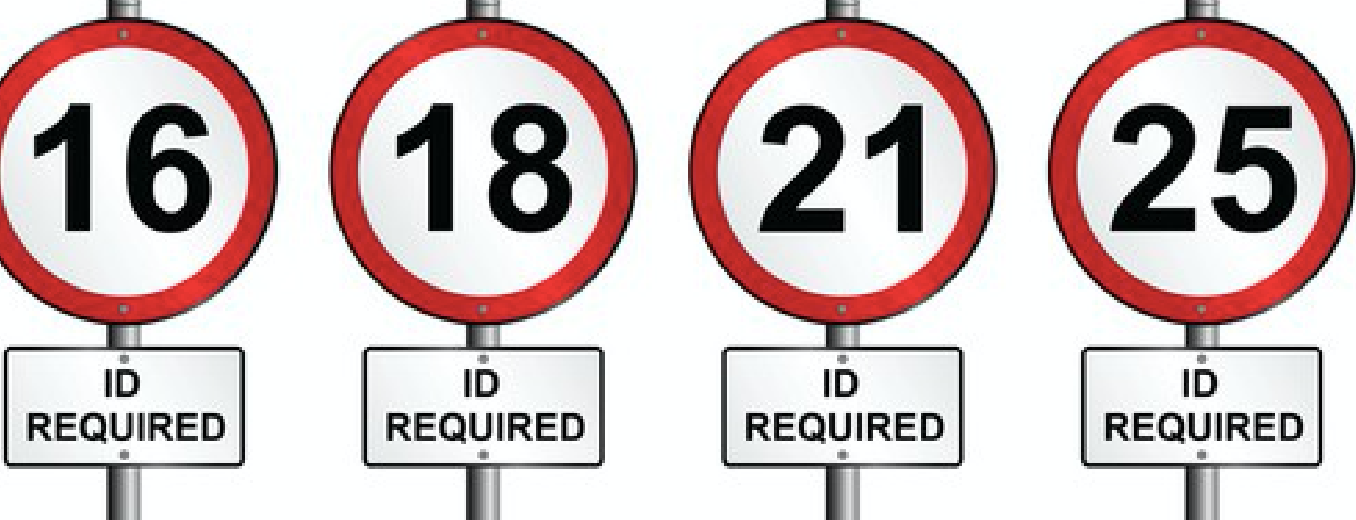Ever since the technological advancements, minors’ access to online products and services providing platforms is an easy task. As per Statista’s estimates, there were approximately 1.66 billion consumers made online purchases from various platforms. These also include minors who sweep through the age verification process by providing their elder’s information and documents to support the identity claim. This is why the manual and present easy-to-dodge verification poses have become questionable.
Therefore, these practices are bringing unforeseen threats to businesses and their processes. On the contrary, to combat these risks, central authorities are revamping and imposing strict regulations to secure minors from exploitation. These include UKCCIS, GDPR Article 8, and 2007’s Restricted Access Systems Declaration. Minors are at increased risk of falling prey to various digital manipulations like a financial loss. Hence, digital age verification services are increasingly becoming important.
Age Verification Regulations – Ensuring Minors’ Protection
As per various stats, surveys, and estimates, more than a million underaged customers fell victim to online fraud. The major triggering force behind this is the digital transformation. Customers are demanding cashless and touchless services that have compelled industries to offer online assistance. As evident from Shufti Pro Funding, industries are building trust massively on age verification as their check guards.
Regulation in the USA
The prevalent law in the US for minors’ restrictions is the Children’s Online Privacy Protection Act. as per the guidelines, companies are obliged to verify age before selling or purchasing products in real-time. In the case of age-oriented content, they are mandated to display warnings and disclaimers. However, minors are getting digitally advanced and sophisticated. This way they manage to dodge the easy age checks and tick-boxes. Moreover, the regulations have set the age for alcohol, tobacco, vaping, and other products consumption as 18. Therefore, it is illegal to sell such products to minors, and regulations are equally strict for the underaged to buy these.
Regulations in the United Kingdom
When countries from all around the world were putting forth regulations for the protection of minors, the UK’s central government was not at rest. It established resolutions like the Digital Economy Bill and Online Safety Bill. These regulations mandated industries to verify age before selling or purchasing products and ensure the customers are of the appropriate set age. Right after these standards, the 2008’s Byron Review made its way to the checklist. This regulation restricted the industries from publishing and airing harmful and AO content such as tobacco or liquor advertisements.
To make age verification automated, CitizenCard developed an online service provider – interactiveAgeCheck (iAC) to validate photo-based customers’ age and identities.
Age Verification Regulations in Europe
While keeping in view the minors’ safety, as per Shufti Pro News, the European Union proclaimed General Data Protection Regulation (GDPR). This regulation mandates the industries to collect the identifiable personal information of the registering customers. These include facial biometrics, retina scan, and liveness detection. This regulation has set the legal age for consumption between 13 to 16 under Article 8 of this regulation. Hence, the online and in-store companies need to ensure that they are assisting the appropriate aged customers while restricting minors to the bay.
Similarly, the gaming and gambling industry also falls under the regulation – Pan-European Games Information (PEGI) standards. This obliges industries to inculcate age checks and ensures KYCC verification.
Age Verification Regulation in Australia
The Australian central government documented various regulations to prevent minors from accessing AO products and services. It includes the 2008’s Australian Communications and Media Authority (ACMA) and Broadcasting Services Act of 1992 with various revamped guidelines. The former focuses on the digital platforms and assistance they provide and the latter covers media, telecommunication, and aired shows. These regulations mandate that industries should display a message if the content, product, or service is age-restricted or attach a banner denoting “18+”.
To further restrict minors from registering they should verify age and detect liveness. These solutions help industries to counter the following concerns:
- Detect minors’ going for registration
- Restrict underaged onboarding on AO platforms
- Prevent fake age and information entries
- Ensure that industries are onboarding eligible customers while verifying identities and age in real-time alongside liveness detection.
Final Verdict
Industries that lack age checks are prone to several criminal and fraudulent activities. Ultimately exposing minors to manipulations and worse comes worse financial losses. Furthermore, companies will also undergo hefty fines. Here, age verification is an industry’s combating solution. This way they can not only restrict minors but also protect their own reliability. These AI-powered solutions are robust, cost-effective, and detect liveness in minimal time.

